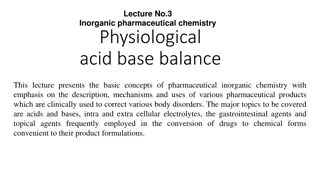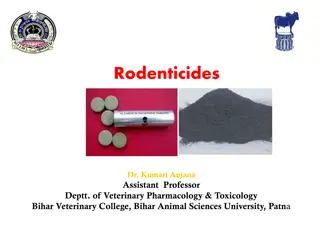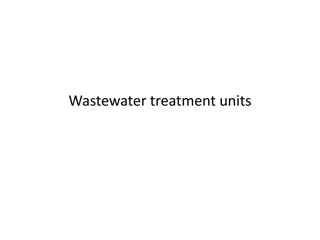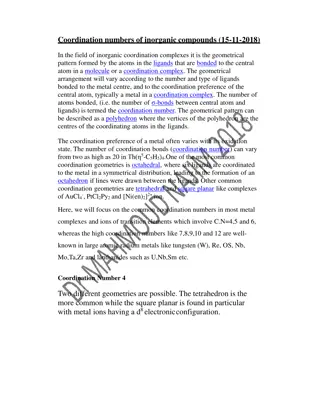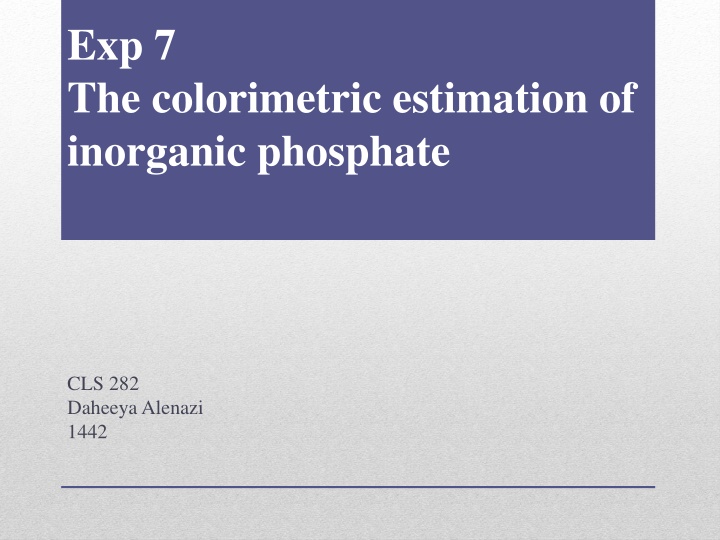
Estimation of Inorganic Phosphate: Colorimetric Method Explained
Explore the colorimetric estimation of inorganic phosphate, its significance in environmental and medical contexts, and the analytical principles involved in determining phosphate levels. Learn about the preparation of phosphate standards, detection of hypophosphatemia or hyperphosphatemia, and the formation of phosphomolybdate complexes in serum analysis.
Download Presentation

Please find below an Image/Link to download the presentation.
The content on the website is provided AS IS for your information and personal use only. It may not be sold, licensed, or shared on other websites without obtaining consent from the author. If you encounter any issues during the download, it is possible that the publisher has removed the file from their server.
You are allowed to download the files provided on this website for personal or commercial use, subject to the condition that they are used lawfully. All files are the property of their respective owners.
The content on the website is provided AS IS for your information and personal use only. It may not be sold, licensed, or shared on other websites without obtaining consent from the author.
E N D
Presentation Transcript
Exp 7 The colorimetric estimation of inorganic phosphate CLS 282 Daheeya Alenazi 1442
Introduction File:Phosphat-Ion.svg A phosphate, an inorganic chemical, is a salt of phosphoric acid with metal ions (form a salt of phosphoric acid), It consists of one central phosphorus atom surrounded by four oxygen atoms in a tetrahedral arrangement. The phosphate ion carries a negative three formal charge
phosphorus is found as a free phosphate ion in solution and is called inorganic phosphate, to distinguish it from phosphates bound in various phosphate esters. Inorganic phosphate is generally denoted Pi The determination of inorganic phosphate (Pi) is important both environmentally and medicinally. As it is important in energy production and bone growth, also, it is an important parameter for both environmental and potable water quality.
-Phosphorus is present in the blood as inorganic phosphate( White P) and organic phosphate(Red P) - Nearly all the organic phosphate is found in the red cells, and inorganic phosphate is found in the serum. -Inorganic phosphate in serum is reported as inorganic phosphorus, and its measurement is useful in evaluating kidney, parathyroid, and bone diseases including metastatic malignancy. It may also be of value in vitamin D and growth disorders.
Phosphate are most commonly found in the form of adenosine phosphates, (AMP, ADP and ATP) and in DNA and RNA
AIM OF THE EXPERIMENT: 1. Prepare Phosphate standards Curve, (Beer s Law). 2. To determine the concentration of an analyte (inorganic phosphate) in the analytical solution. If we use blood sample, conditions of hypophosphatemia or hyperphosphatemia can be detected, which need to be controlled.
Principle -The measurement of inorganic phosphorus in serum is usually accomplished by forming a phosphomolybdate complex and in turn reducing it to a molybdenum blue color complex(End product) Inorganic Phosphate +ammonium molybdate-----Acidic PH> Phosphomolybdic acid. metol Molybdenum------------------> blue colour
Blank ml Std1 Std2 Std3 Std4 Std5 Un. 5% TCA 1 0.9 0.7 0.5 0.3 _ _ phosphate. Sol 1 mg/100ml _ 0.1 0.3 0.5 0.7 1 _ Unknown (sample) - - - - - - 1 acetate buffer(pH4) 3 3 3 3 3 3 3 Ammonium molybdate 0.5 0.5 0.5 0.5 0.5 0.5 0.5 Metol sol. (Reducing Agent) 0.5 0.5 0.5 0.5 0.5 0.5 0.5 Mix, incubate at RT for 10 min. Then read at 880nm
C1XV1=C2XV2 C1=1,V1=Vol. of TCA buffer, V2= 1,C2=? Ab Conc. Std1 Std2 Std3 Std4 Std5 Unk Beer' Beer's Law s Law s: s: -The increase in color is measured spectrophotometrically and is proportional to the amount of inorganic phosphorus present.


